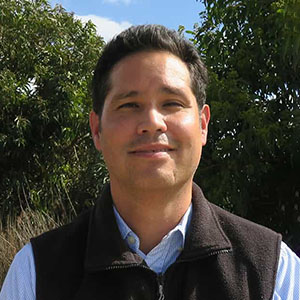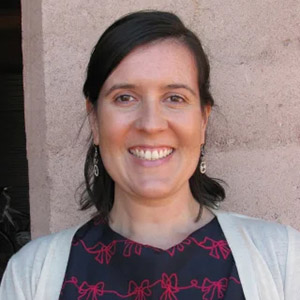Connect and collaborate
We are looking for researchers, students, funding and partners to help take our research to the next level.
Many fisheries in South East Asia are currently under threat from the rapid and widespread expansion of irrigation and hydropower infrastructure.
Large multilateral development banks (including the Asian Development Bank (ADB), World Bank (WB) and International Monetary Fund(IMF)) are investing billions of dollars in a new wave of irrigation infrastructure to construct new systems and refurbish old and failing systems
Although such flood control and irrigation systems are advantageous for rice growing, they block important migration pathways for fish seeking access to critical nursery and feeding habitats.
Fish are a main protein source and trade/barter commodity, upon which many people depend for food security and income in South East Asia.
There is a major institutional problem where development banks like ADB and WB implement such programs in isolation from other development agencies and often between their own subprojects. Often the only coordination happens through irrigation departments. Despite these investment programs potentially having significant negative fisheries impacts, there is rarely collaboration between irrigation and fisheries agendas.
Although these infrastructure programs may provide river communities with a more stable income from improved rice yields, they risk losing fishing income and an important source of protein and essential nutrients; leading to loss of key livelihood systems, poorer nutrition and social disruption.
This research project aims to facilitate greater adoption of effective fish passage technology in Asian countries through improved capacity and governance structures; and to upscale and scale out fish passage implementation efforts.
FishTech is upscaling existing fish passage restoration efforts through the development of policy instruments, institutional capacity building and outreach activities, and the on-ground implementation of demonstration initiatives at high visibility sites across the subregion.
This includes working in partnership with line agencies and development banks, to achieve significant livelihood, climate resilience and food security outcomes across South East Asia.
There are six key objectives
Objective 1: To understand the motivations of development banks, investors and irrigation agencies for choosing whether or not to include fish passage technology within development projects.
Objective 2: To define institutional capacity needs to enable design and implementation of future fish passage programs and facilitate uplift in fish pass capability.
Objective 3: To fill critical knowledge gaps needed to demonstrate proof of concept to development bank agencies.
Objective 4: To identify policy needs of the partner countries and development banks.
Objective 5: To secure an enabling environment for the integration of fish passage technologies into irrigation investments, through: (i) evidence-based research; (ii) dissemination of research results through awareness raising and demonstration; and (iii) mainstream the experience into (a) standards and specifications; (b) government policy and strategy; and (c) academic and training institutions.
Objective 6: To better integrate Gender Equality, Disability and Social Inclusion (GEDSI) considerations into all aspects of project design and implementation.







We are looking for researchers, students, funding and partners to help take our research to the next level.